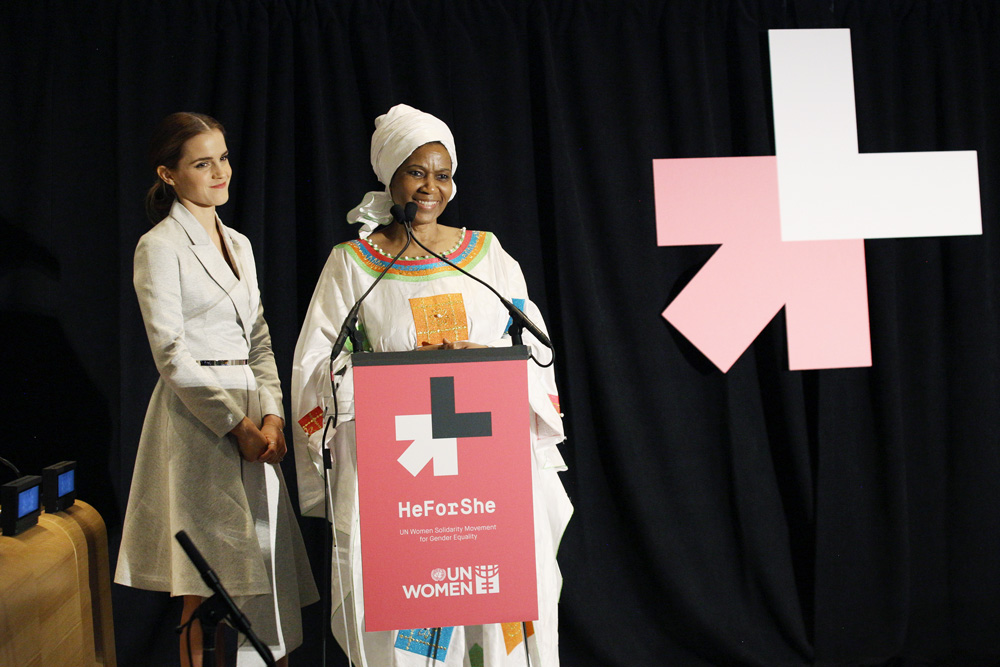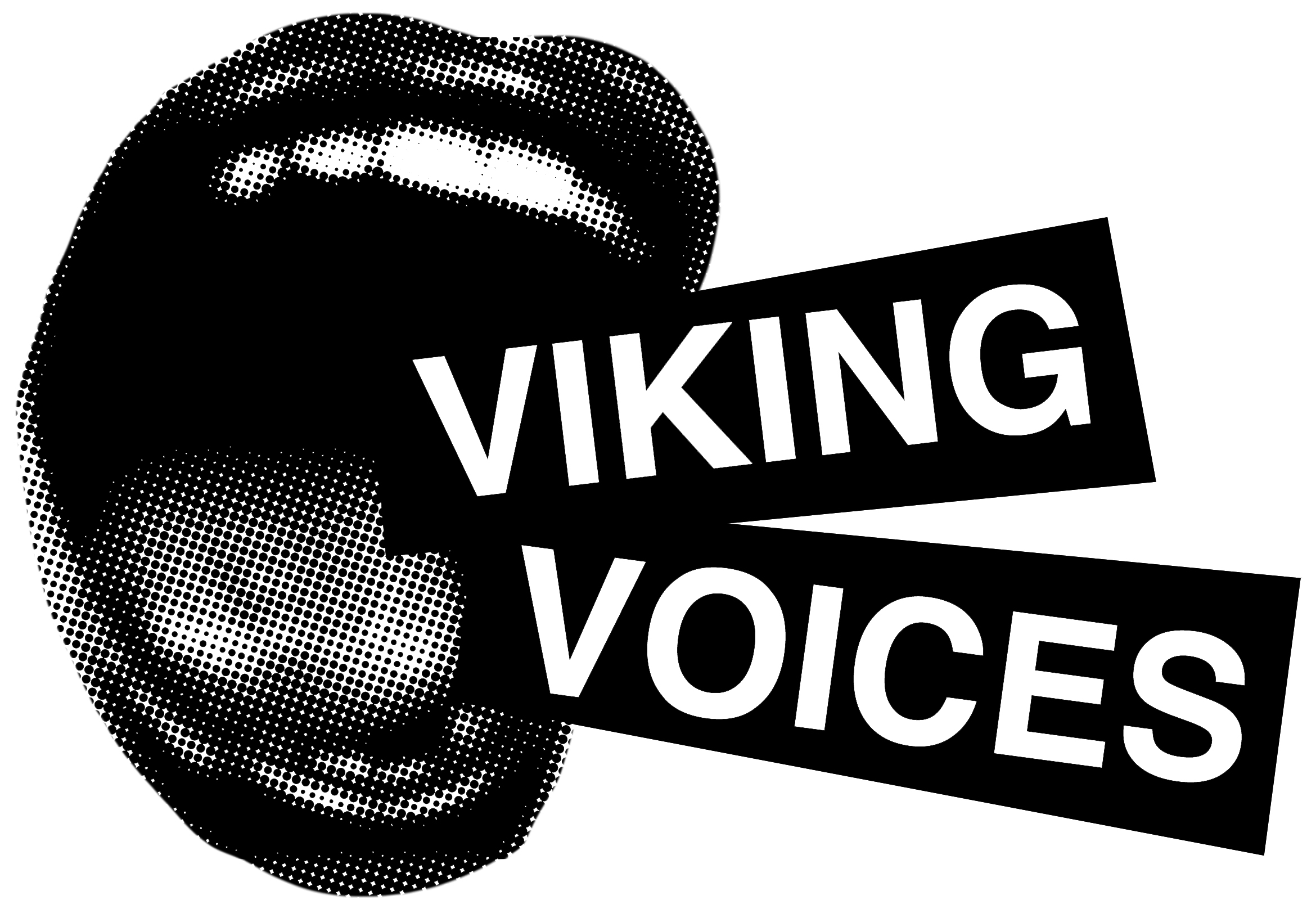We all know college is costly. The common notion used to be that private schools were the expensive, elite institutions and that public universities were the affordable alternative―for anyone who wasn’t Ivy League material. But with state governments slashing education funding and tuition costs rising yearly, students and their parents are getting stuck with the swelling price tag of a college degree.
The rallies aren’t working
We all know college is costly. The common notion used to be that private schools were the expensive, elite institutions and that public universities were the affordable alternative―for anyone who wasn’t Ivy League material. But with state governments slashing education funding and tuition costs rising yearly, students and their parents are getting stuck with the swelling price tag of a college degree.
Some students are fighting back: protests demanding more state funding and a break from tuition hikes are on the rise across the country. But there’s not much evidence that student activism has any sway over educational policies, and that’s quite a shame.
Part of the reason is that the only people who really care about the individual cost of education are the ones paying for it. To baby boomers who put themselves through college when that option was still affordable, 20-somethings protesting the cost of higher education today have been labeled the “Gimme Generation.”
As a result, the responsibility of lobbying legislators to grant public schools more money falls to the schools and the students, and those two parties don’t always see eye to eye.
Schools have been trying, sort of. They at least attempt to spread the pain out amongst all parties; it’s not just the students who are suffering.
Teachers are subject to pay cuts and can’t work on enforced furlough days; in 2009, the PSU chapter of the American Association of University Professors agreed to two–year contract with the Oregon University System that called for each employee to take between seven and 11 furlough days per year. Other school employees have suffered pay cuts or freezes and the loss of benefits.
School programs are given less money and expected to accommodate more students. Times are tough for everyone in the public school system.
A Feb. 21 rally held at PSU in conjunction with Eastern Oregon University attracted about 200 students to the South Park Blocks to urge state legislators to give schools more money.
Emily McLain, executive director of the Oregon Student Association, told The Oregonian that students want $43 million to go to community colleges, universities and need-based Oregon Opportunity Grants, and to maintain the two-year tuition cap approved by lawmakers last year.
PSU sociology professor Randy Blazak spoke during the rally, saying that people are questioning whether it’s worth it to go to college. “What is not sustainable is the higher education model in Oregon,” he said. “We are at a tipping point.”
But students who attend rallies or participate in walk-outs have to realize they are stuck in a catch-22—what effect can these protest efforts really have when you are still compelled to pay up if you want to remain in school?
When demand is this high—the National Center for Education Statistics reported that enrollment increased by only 9 percent between 1989 and 1999, but increased by 38 percent between 1999 and 2009—suppliers of education can demand almost any price they want.
Colleges have an easier time obtaining revenue from students than from the state. College employees have unions to help protect their interests. The money has to come from somewhere, and with more students than ever before clamoring to get into higher education, the source of that money seems obvious.
At the PSU rally, Tiffany Dollar, student and chair of the Oregon Student Association board, led students in a pledge for “the mighty state of Oregon and to our colleges for which we stand, one student movement, under shrinking budgets and millions of dollars in debt, and unemployment for us all after we graduate,” according to a report by The Oregonian. It’s a desperate picture of the state of higher education both in Oregon and across the country.
There’s no clear solution to budget woes in a bad economy; almost everyone is struggling and many peoples’ focus is on whatever affects them personally. College students in dire financial straits just don’t seem to garner as much sympathy as, say, unemployed families left homeless by foreclosure.
It’s hard to criticize anyone who makes the effort to bring attention to the problems in public education’s financial structure. I don’t mean to devalue the work of these students and their supporters, I just have to question the results, because every year I’ve spent in college has meant an increase in tuition, a new round of protests and a lack of discernible change in the system.
We might have to accept our misfortune at having to attend college in an era plagued by economic downturns and intense competition. We missed the golden age of public higher education, when tuition cost a third (or less) of what it does now, when financial aid was abundant and campus housing was affordable, and obtaining a degree practically guaranteed you a good job and a high salary.
Maybe with some luck, we can someday return to that educational utopia. Chances are that it just won’t be the tuition protests that get us there.




